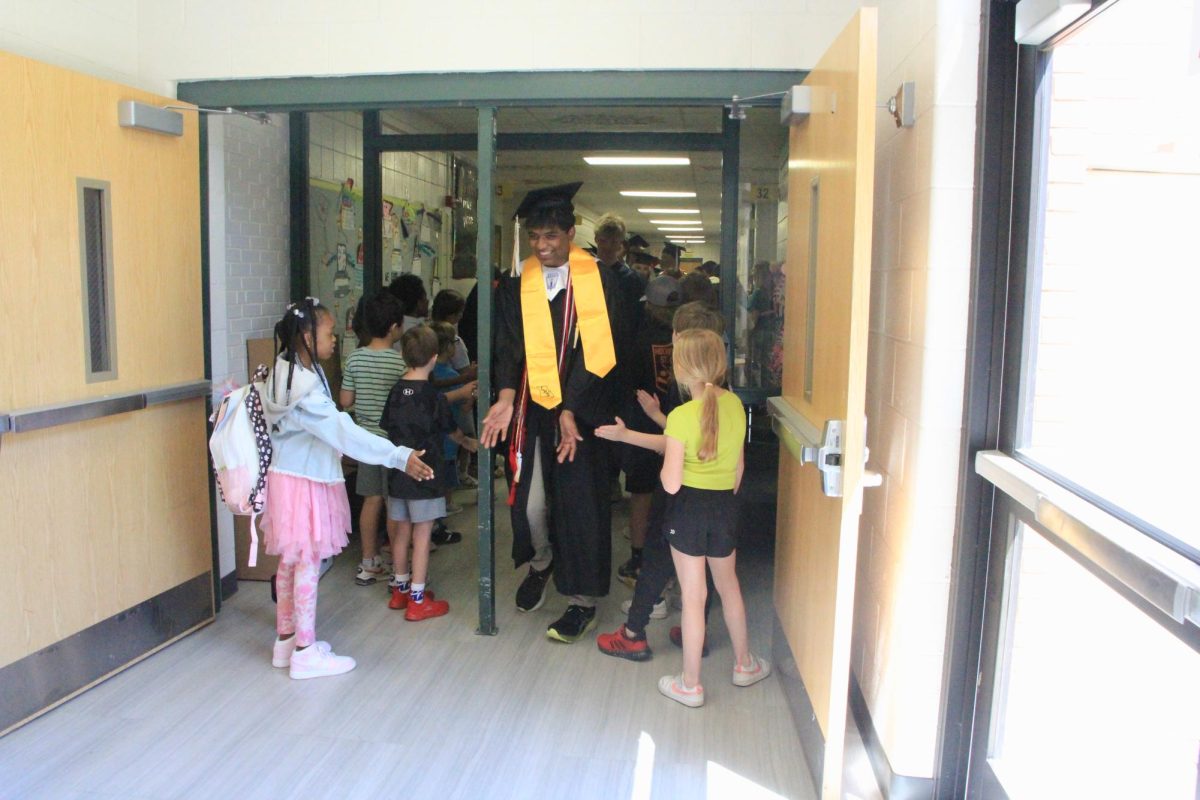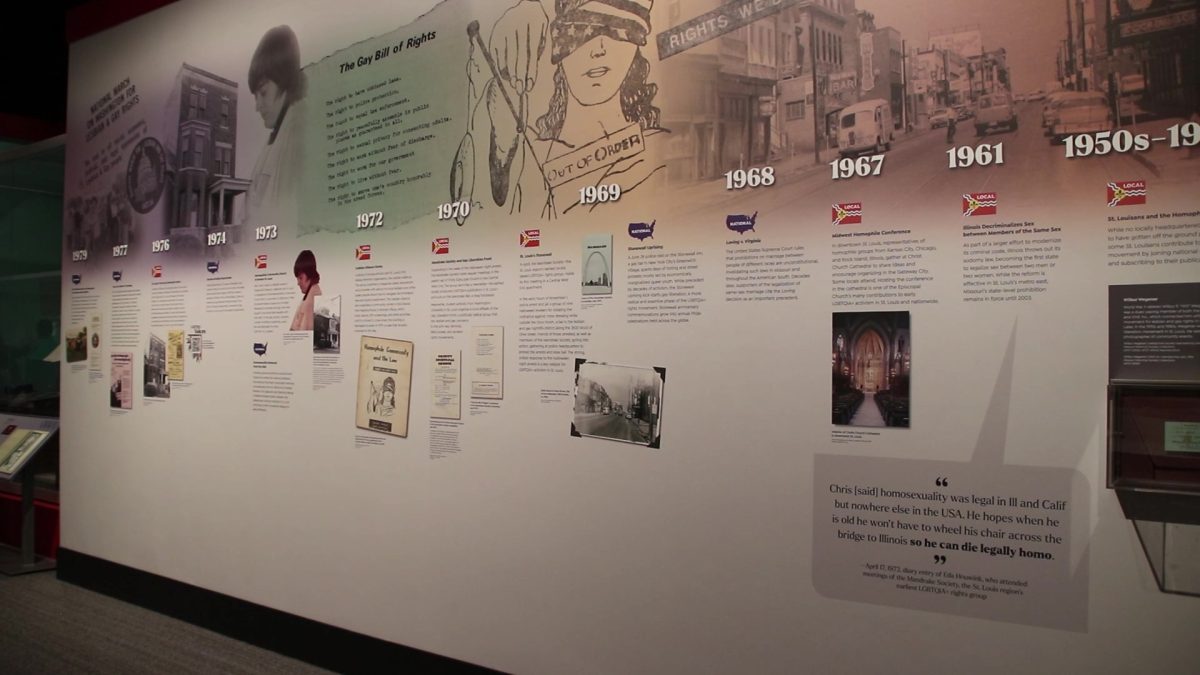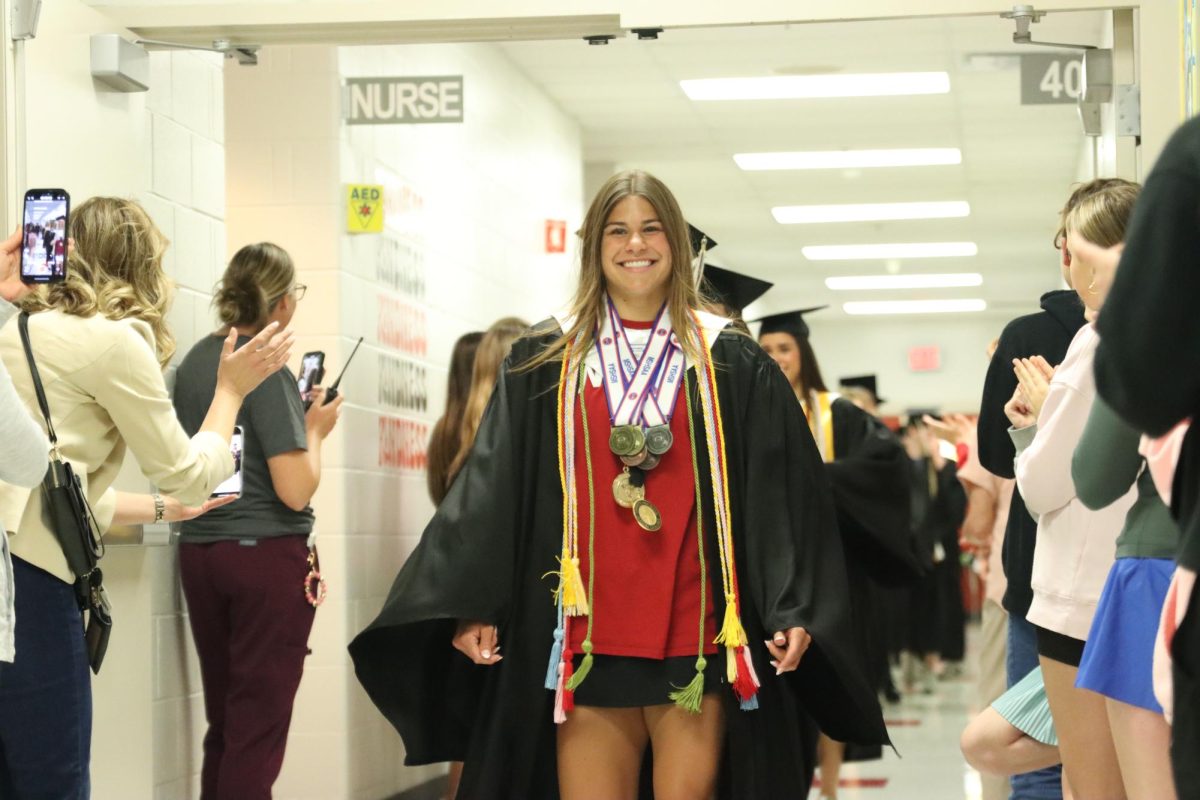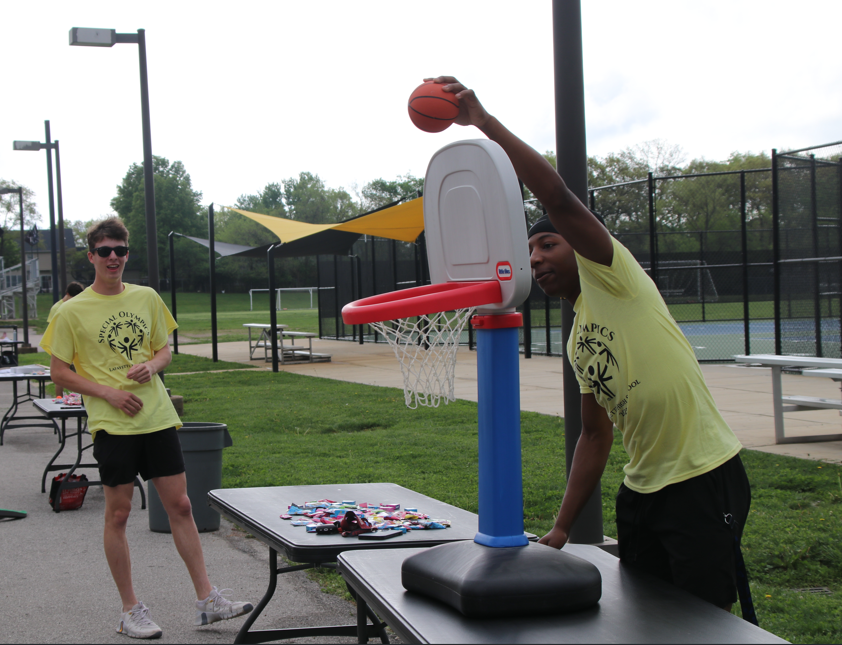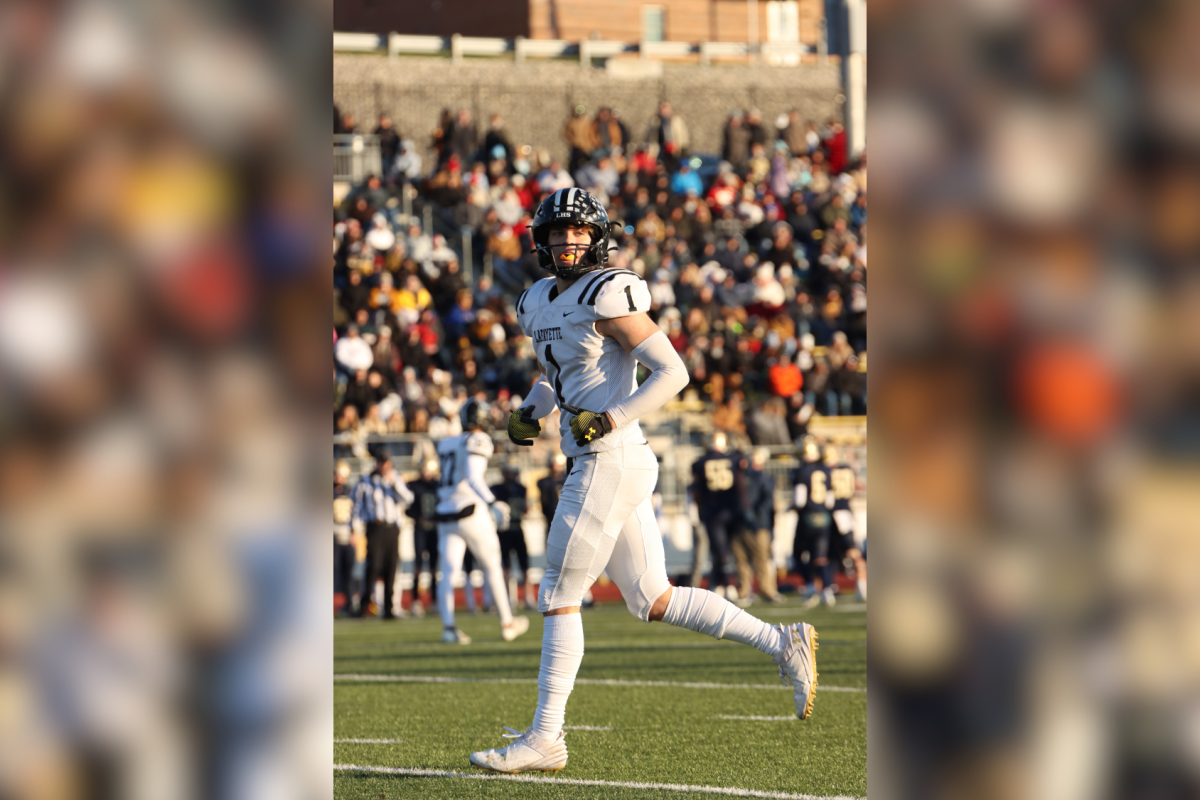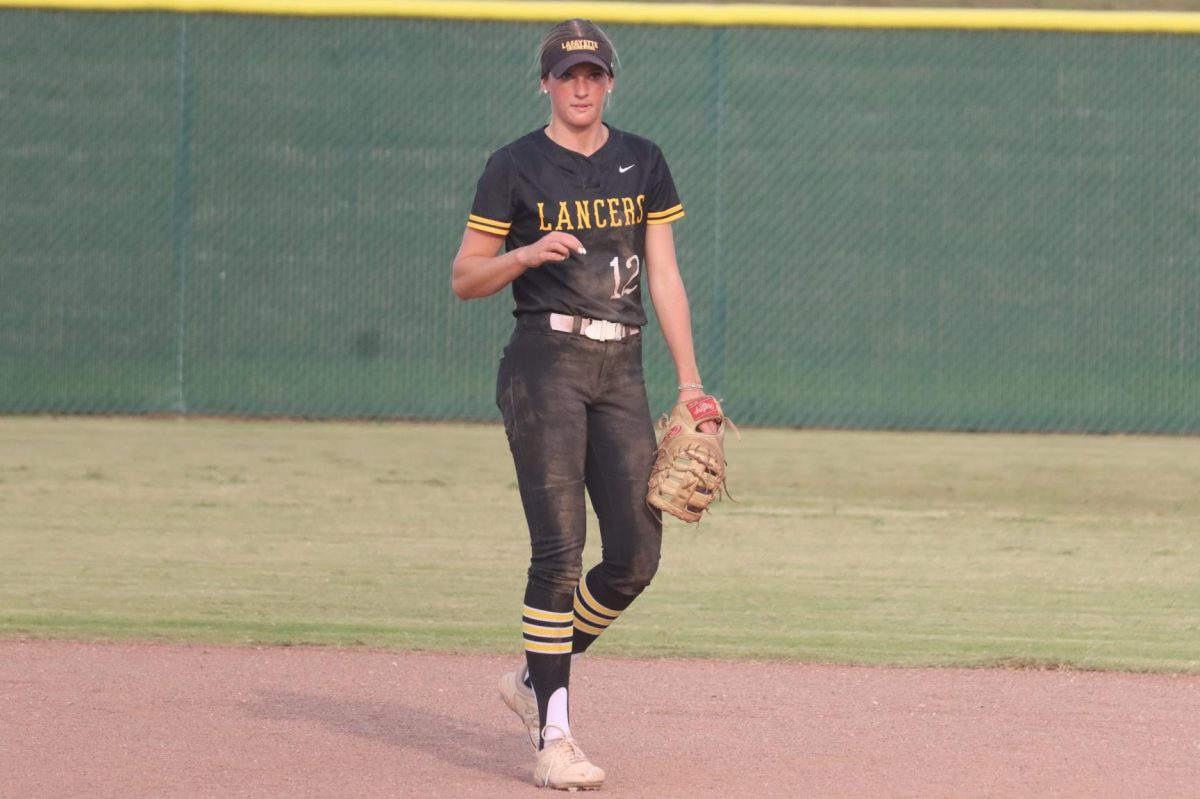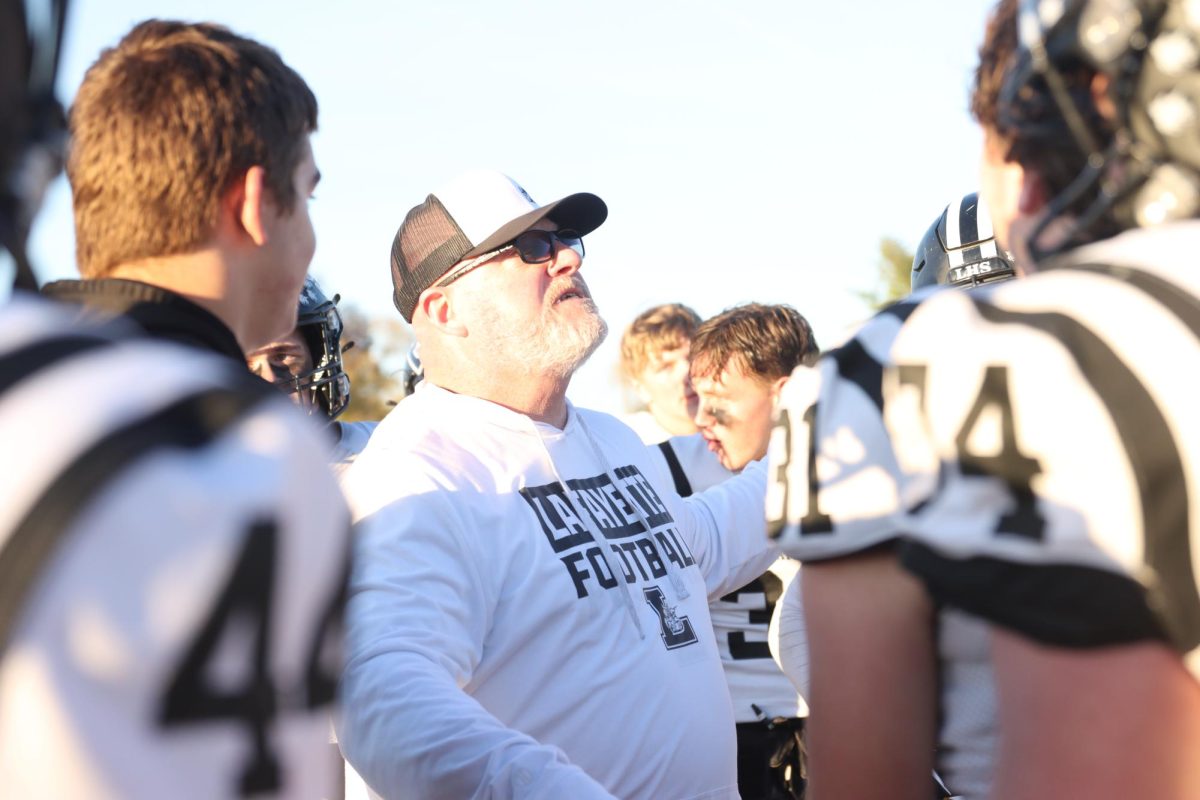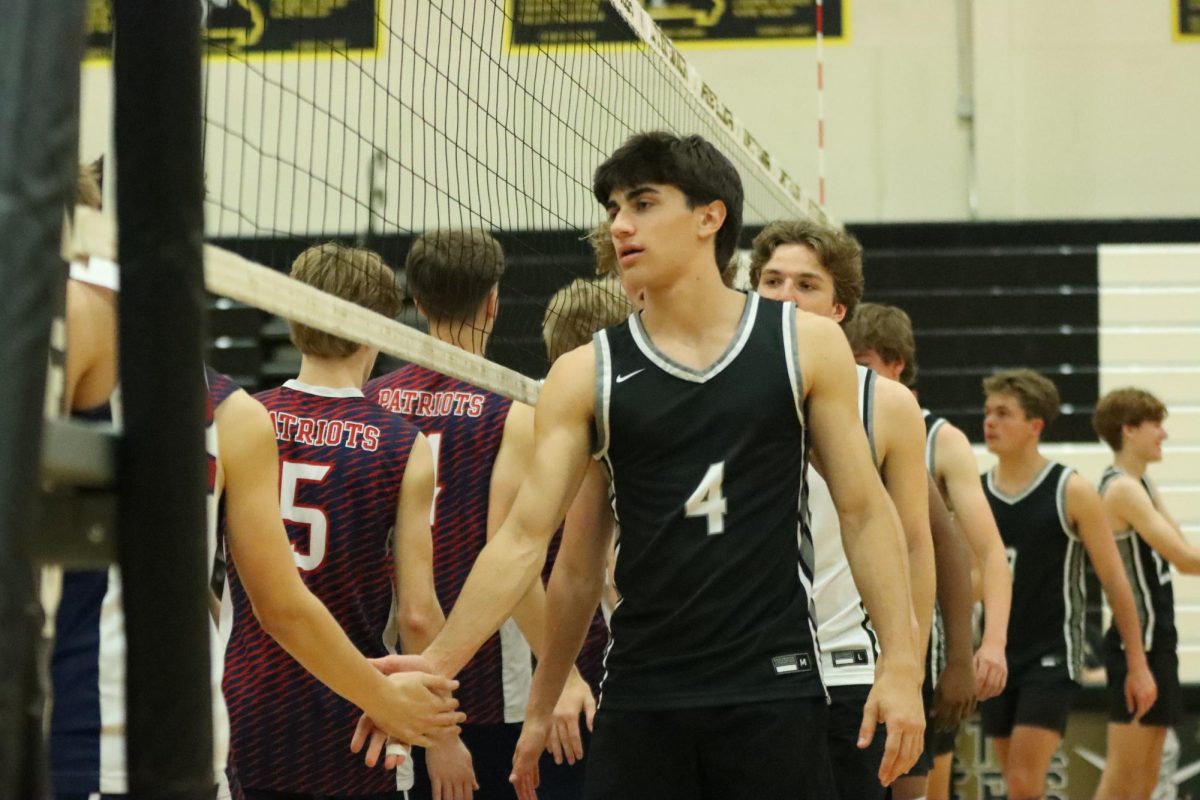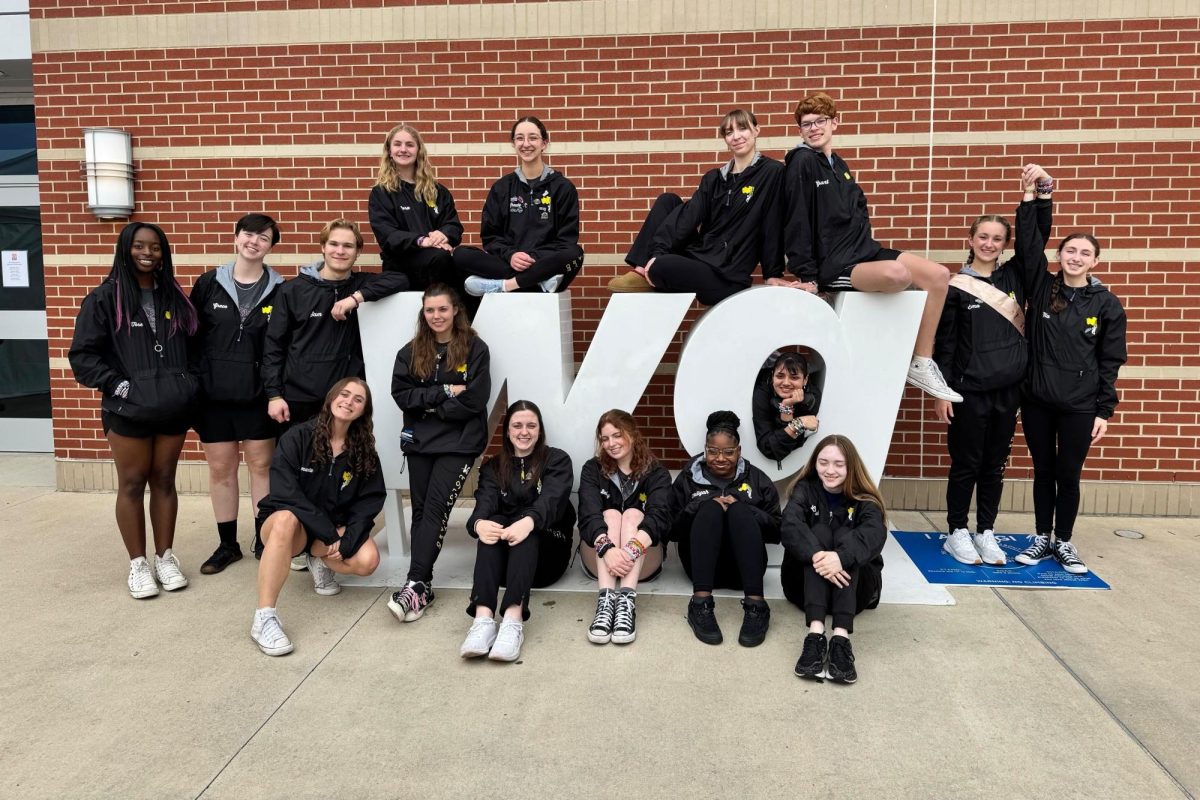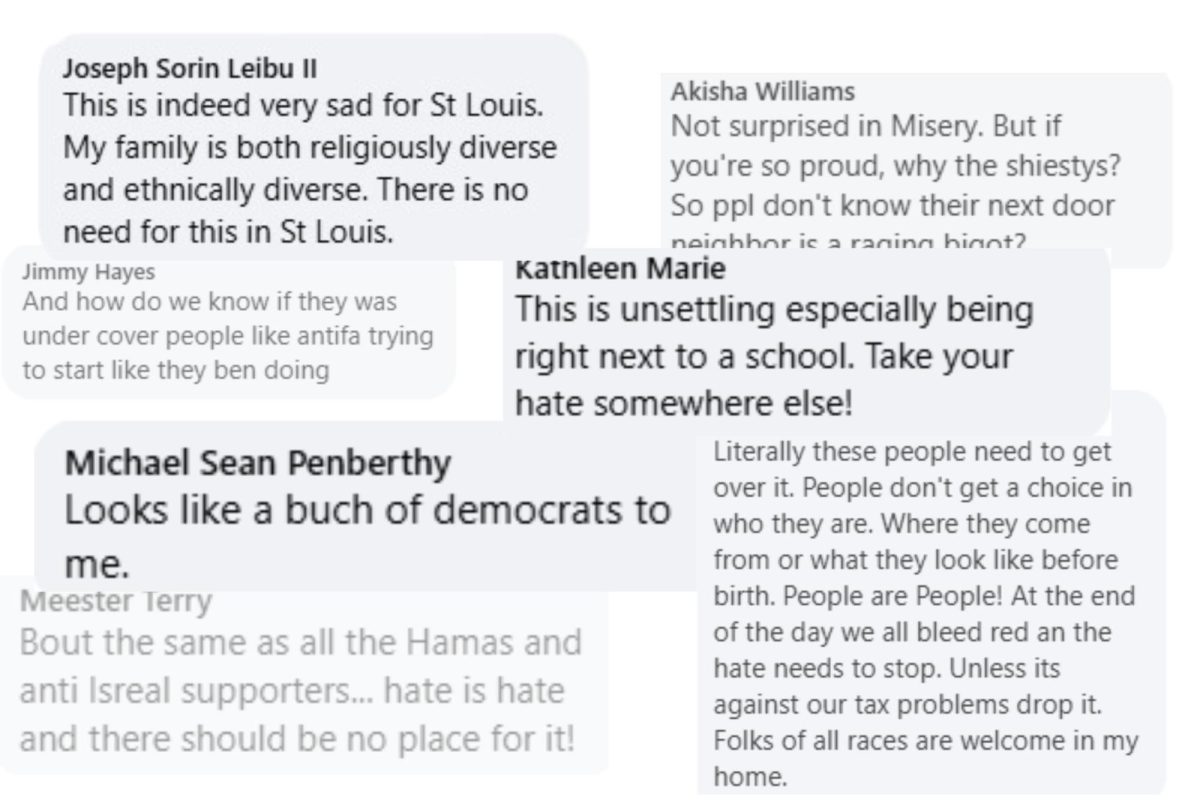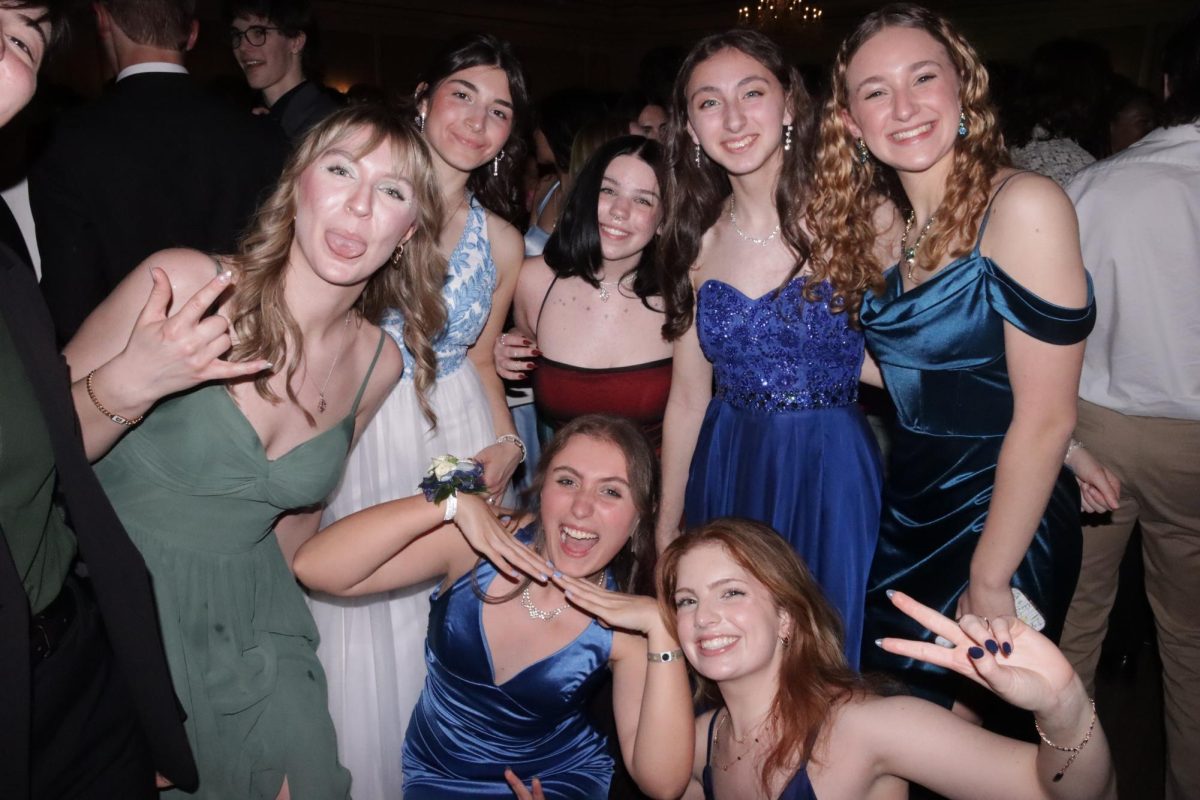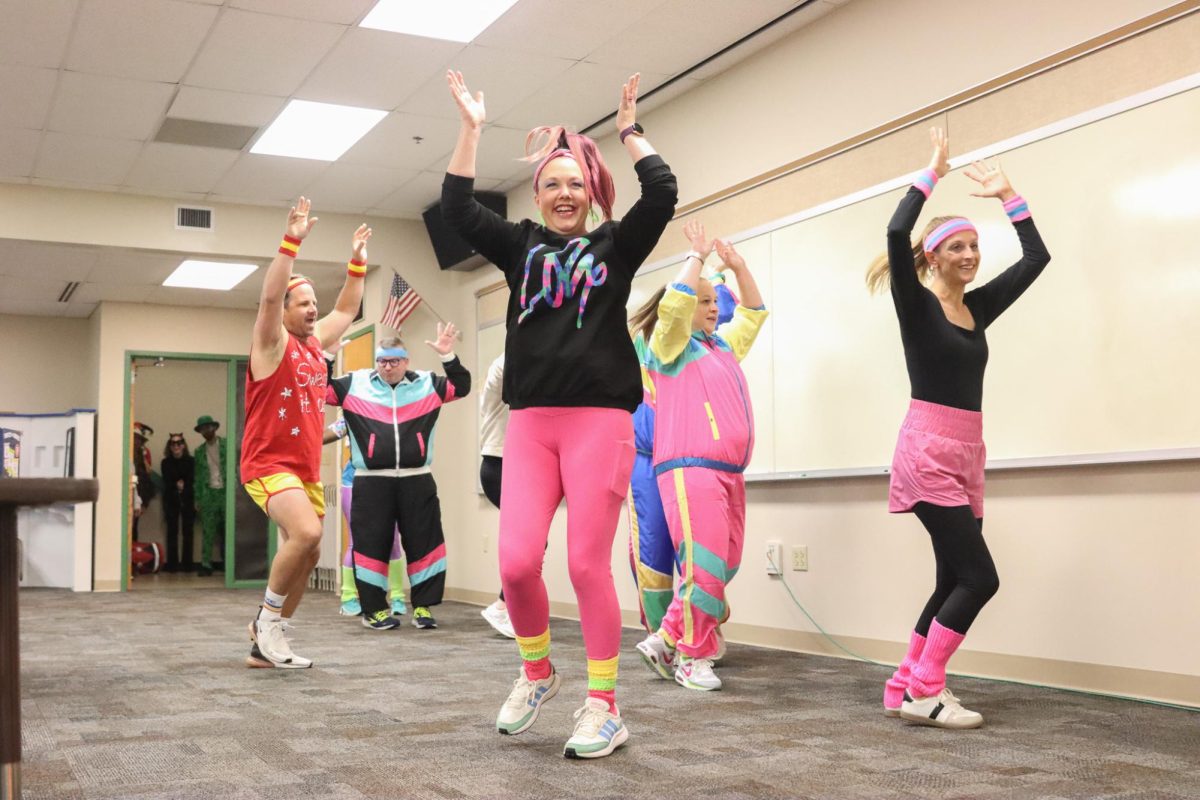Cafeteria to implement lunch changes for 2022-2023 school year
LHS students enjoy lunch in the Commons on May 23. The school provided lunches were free for the 2021-2022 school year, however, free lunch will be going away for the 2022-2023 school year. In addition, prices for lunches will be increasing in comparison to the pre-COVID-19 era.
May 25, 2022
At the end of the 2021-2022 school year, the free lunch option in the school cafeteria will go away and a price increase will put the new value of lunch at $3.80.
The change comes from the end of a waiver from the United States Department of Agriculture. Occurring during times of online learning and other difficulties due to COVID-19, the waiver allowed schools across the country to provide a free, full meal to their students each day.
Now, for the 2022 summer school and the 2022-2023 school year, the new price of a secondary student lunch will be $3.80, a whole dollar increase from the previous price of $2.80 in the 2019-2020 school year.
Junior Peter DiCarlo said that he’ll miss the free lunch next year and all that it provided for him.
“I didn’t pack my own lunch, so I am upset that [free lunch is] going away. It helped me accomplish a goal of mine, of bulking,” DiCarlo said. “With this, I have been able to get two lunches instead of just the normal one. With two lunches, I’m able to eat more and get more calories. With freshman year, if I had to pay I couldn’t get two meals and be able to eat the same amount of calories.”
Director of Child Nutrition Services Carmen Fischer said while the free lunches going away may be hard for students, there are still ways to qualify for reduced pricing.
Fischer also thinks that due to the free lunch going away along with the price increase, there will be fewer students buying their lunch next school year.
“I anticipate meal participation to decline next year, assuming it’s not free and that it goes back to paid instead of free and reduced. And then, the menu may, depending on how many staff we are able to hire over the summer, become very repetitive and simple compared to previously because we just don’t have enough staff to prepare the food and serve it as needed,” Fischer said.
While the staffing shortage in cafeteria employees has been hurting schools around the district, the free lunch program can also hurt the staff.
“On a normal school year, we were probably anywhere from 800 kids. Now we’re at 1,100 and 1,200 kids we feed,” Lafayette Cafeteria Manager Kim Moore said. “It’s also in the preparation and it has to do with the product. There’s a lot, and we really, really have to order a lot of stuff. Every week we have to order more and more.”
Product losses and staffing shortages also lend a hand to the absence of super lunches, like Domino’s Pizza, in the district next year.
“Super lunch is going away. We rolled it all into one because I have a feeling we’re going to have a hard time getting cashiers, and food costs are going up across the board. Prices have increased weekly on food items, so we just established a new lunch price that will cover the cost of those entrees that were previously super. Everything just continues to go up,” Fischer said.
Another reason Fischer said is for the ease of cashiering. In many schools, administrators or other volunteers work in the cafeteria in order to get students through the lunch line at a rapid pace.
The staffing shortage has made for a difficult last couple of months, but Moore is proud of the work she and her team did before her retirement.
“We have 60-something openings [in the district] and we’ve never had that ever. Don’t get me wrong, Rockwood’s an awesome place to work, I don’t know what the deal is. Retirement is great, obviously, I’m retiring. The retirement is great and other stuff like that,” Moore said. “I just hope things go well next year. We survive every year, we might just age 10 years, but we survive every year.”
For Moore, she hopes the Lafayette cafeteria will return to the way it once was.
“It was great [pre-COVID-19]. I thought it was great, the kids thought it was great. I just feel super bad that the kids who came in after that, they’ll never experience that, and if they do, it’s probably quite a few years down the road,” she said.
DiCarlo remembers how the lunches were, and desires something different once again.
“For me, lunch was ten times better than middle school. I came to high school, a totally different experience. There were so many different options. They all tasted amazing to me,” he said. “Then, towards the end of the year, COVID-19 hit, and I didn’t get to eat the rest of the food. Overall, it was really good.”

